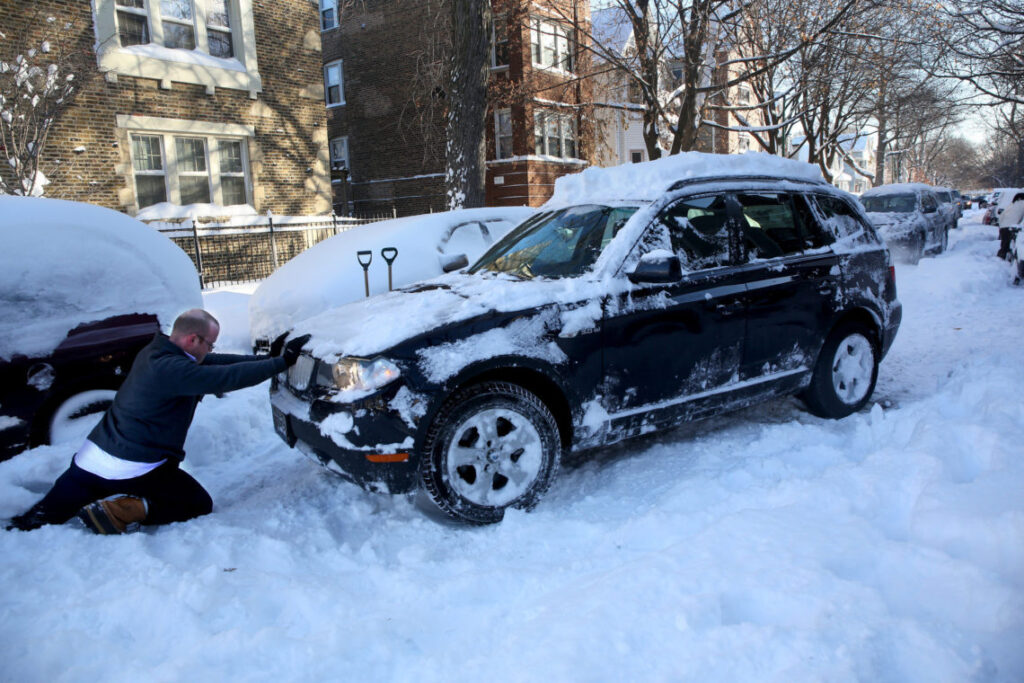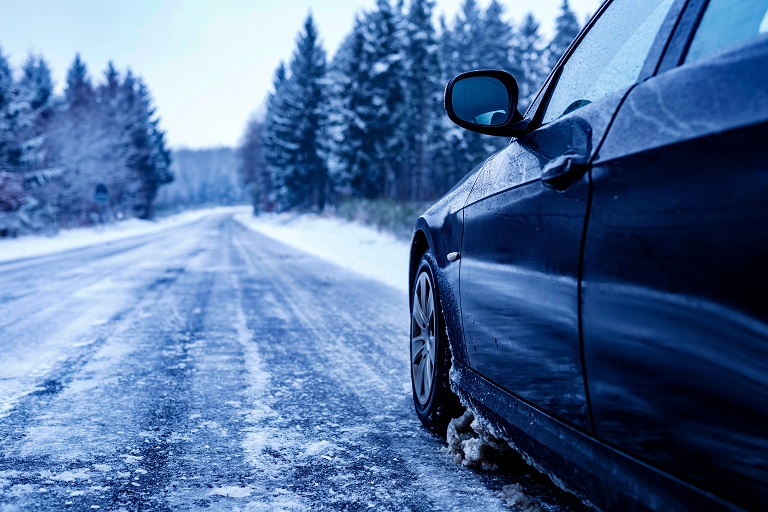As soon as the cold season sets in, the negative influences on a motor vehicle increase. Above all, salt and grit damage the bodywork, but frost also takes its toll on the car. In addition, there is an increased risk of accidents, which is why many drivers decide to buy a winter car. However, there are some aspects to consider, especially when it comes to the choice of vehicle, but also its registration.
Buying a winter car offers advantages but also disadvantages
Often owners choose older and used vehicles when they decide to buy a winter car. If an accident or minor damage happens, it has much less effect than with a nicely maintained summer car. But when choosing, interested parties should carefully consider whether a winter car with all-wheel drive might be worthwhile. Especially those who often have to cope with inclines are on the safe side with this drive. On the other hand, anyone who buys a winter car will have to reckon with significantly poorer safety conditions. Although this saves the buyer money immediately upon purchase, he will have to dig deeper into his pocket later for taxes, possible insurance premiums and new equipment such as winter tires. Very favorable bargains can often be found at the car recycling around the corner.
What makes the optimal winter car
If someone wants to buy a winter car, it is important to pay attention to the same aspects as for the general purchase of a used car. Ideally, the choice should go to a winter car with all-wheel drive or at least front-wheel drive. Small cars are also well suited for this time of year, as their size and maneuverability make them easy to drive on winter roads. Also, features such as ABS and a drive by means of gasoline complete the perfect car choice for the second car in the cold season.

Popular brands as winter cars
The market of models that drivers want to sell as a winter car is large. And yet, most of them rely on proven brands such as Audi and Opel. The Audi 80 and Audi 100 in particular are popular models, while the Opel Astra or Corsa are at the top of the ranking list. If you want a winter car with all-wheel drive, many Opel models are the right choice. The Fiat Panda also has this drive and has made a name for itself as a long-term purchase for winter cars. In addition, the Kia Sportage and the Nissan X-Trail are popular second cars for the cold season.
Register correctly
It is obvious that a car purchased as a winter car must be legally registered in accordance with Department of Transport. 1. For this purpose, it must also have a valid license plate; if this is missing, penalties of 60 dollars may be imposed. Of course, it makes no sense to leave the vehicle registered throughout the year. This means that the owner will soon have the option of selling his winter car again. Much better are either seasonal license plates or interchangeable license plates. While the former simply involves registering for a specific period, the latter allows two cars to alternate on the roads. It is slightly more expensive than the seasonal license plate, which helps save on vehicle tax and insurance. In this case, you only have to pay for the period actually registered and driven, which is between two and eleven months.




